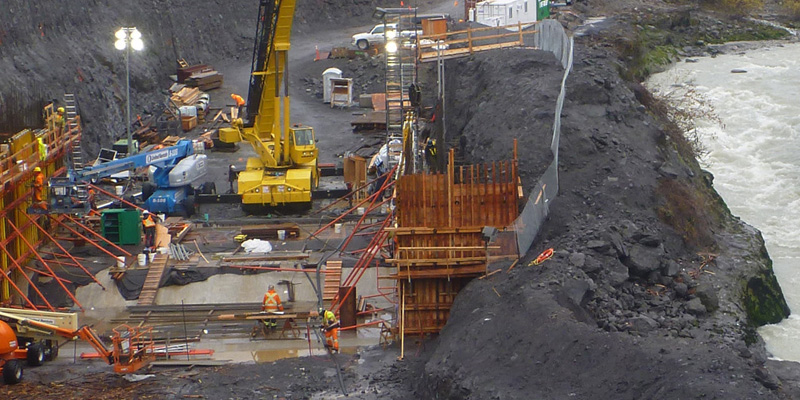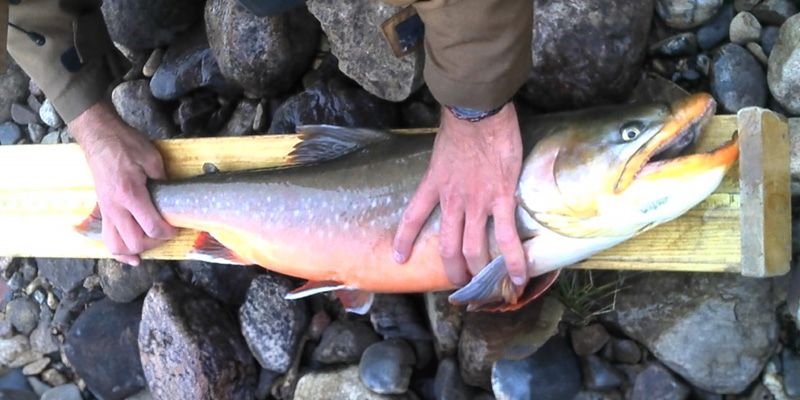Water & Ecology
Environmental Effects Monitoring
Trinity’s Aquatic Environmental scientists are recognized as experts in the delivery of Environmental Effects Monitoring (EEM) studies as required under the Canadian Fisheries Act for several types of industrial discharges. Our scientists have been involved in EEM since its initial development in the early 1990s and have completed numerous EEMs for the pulp and paper industry (under Canada’s Pulp and Paper Effluent Regulations promulgated in 1992) and for the mining Industry (under Canada’s Metal Mining Effluent Regulations promulgated in 2002).
How Else We Can Help
Related Services

Planning and Adaptive Management
Adaptive management is a planned process for continuously improving environmental management practices by learning.
Aquatic Environmental Monitoring and Assessment
We can support aquatic planning through impact studies.Services
How We Can Help
Our scientists have presented numerous technical papers on EEM, including three technical presentations at the EEM Investigation of Cause (IOC) workshop attended by government agencies, industry, and consultant groups. Most recently, the Canadian Metal Mining Effluent Regulations were updated to the Metal and Diamond Mining Effluent Regulations (MDMER) to include diamond mines.